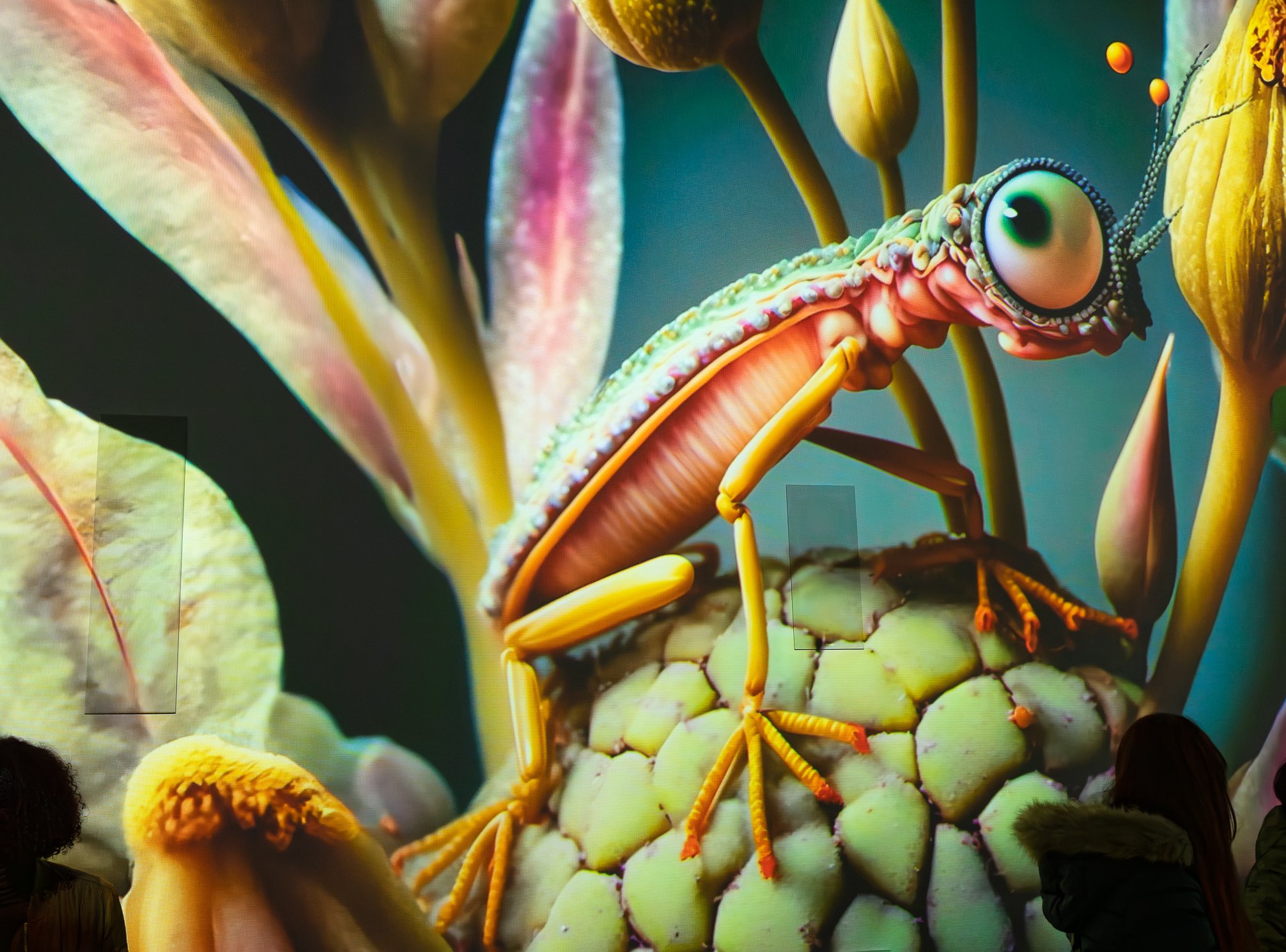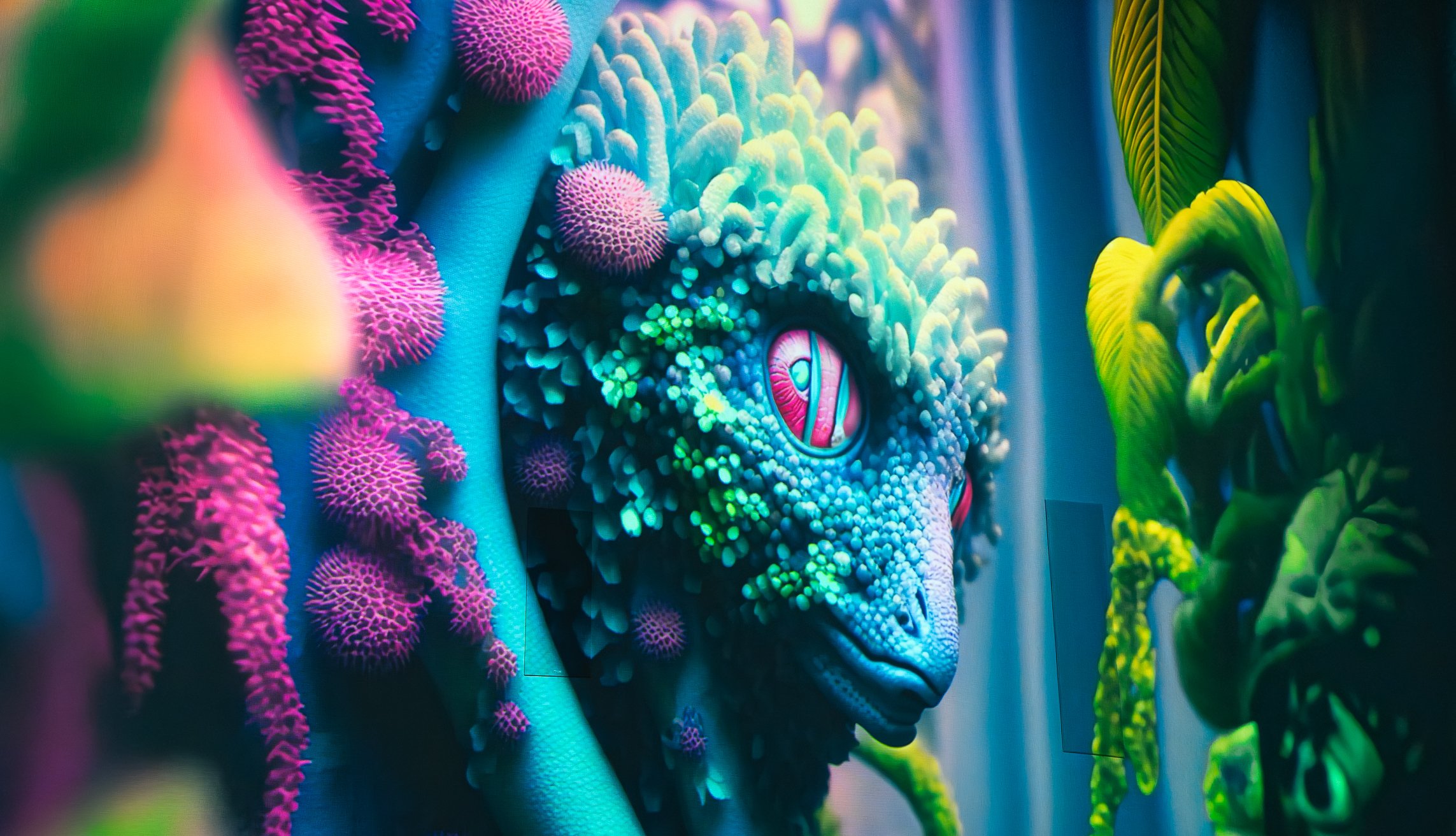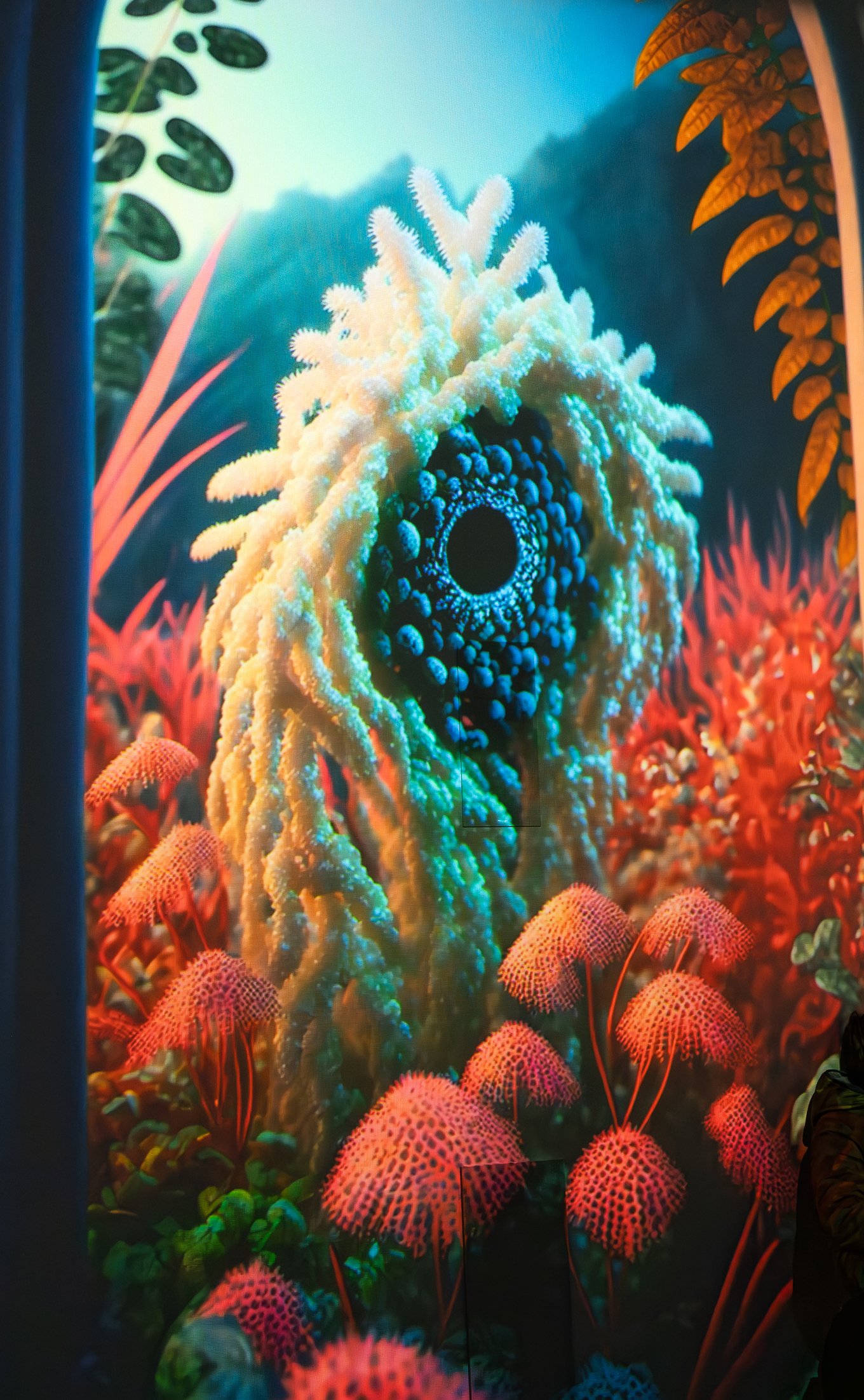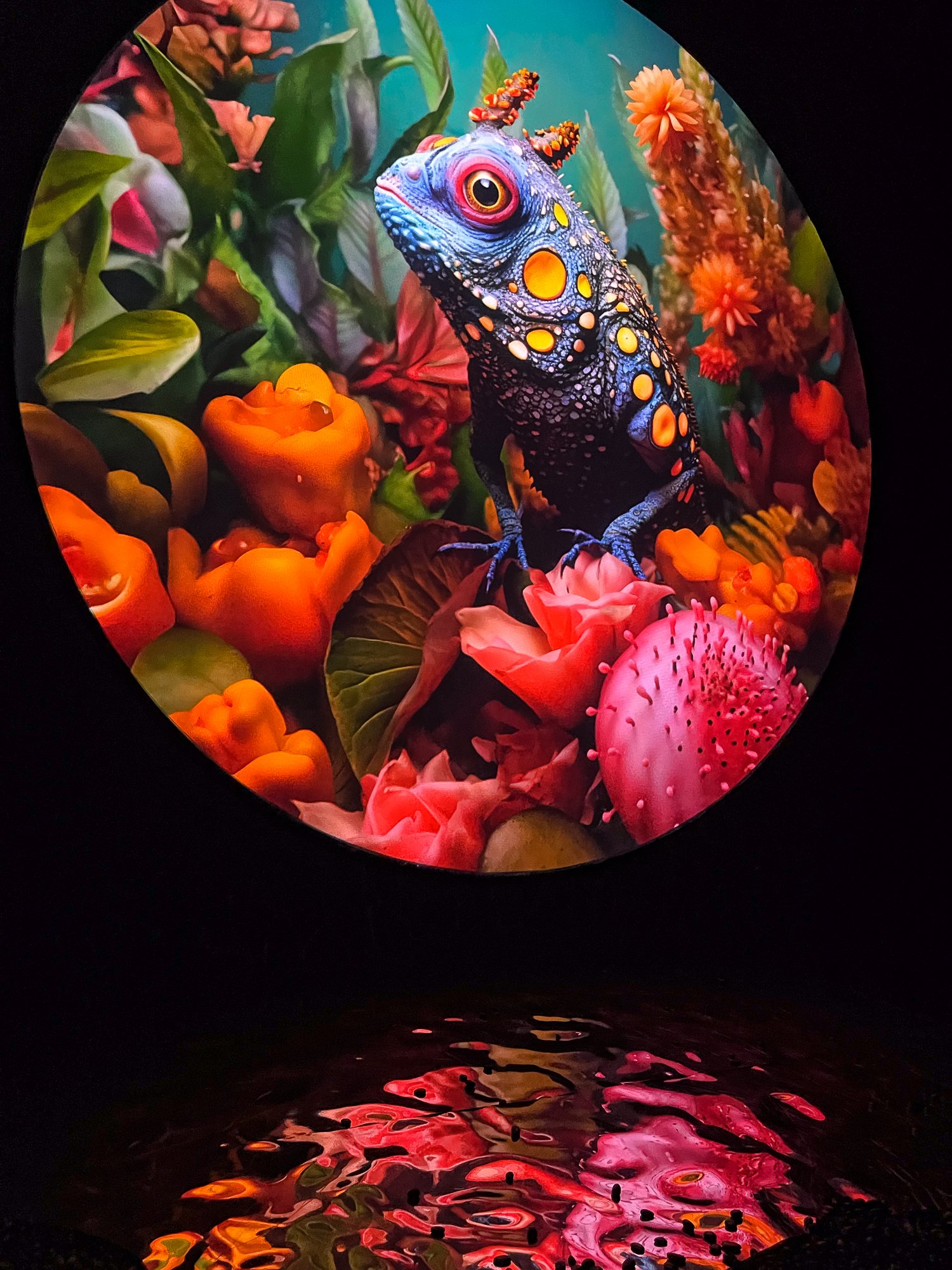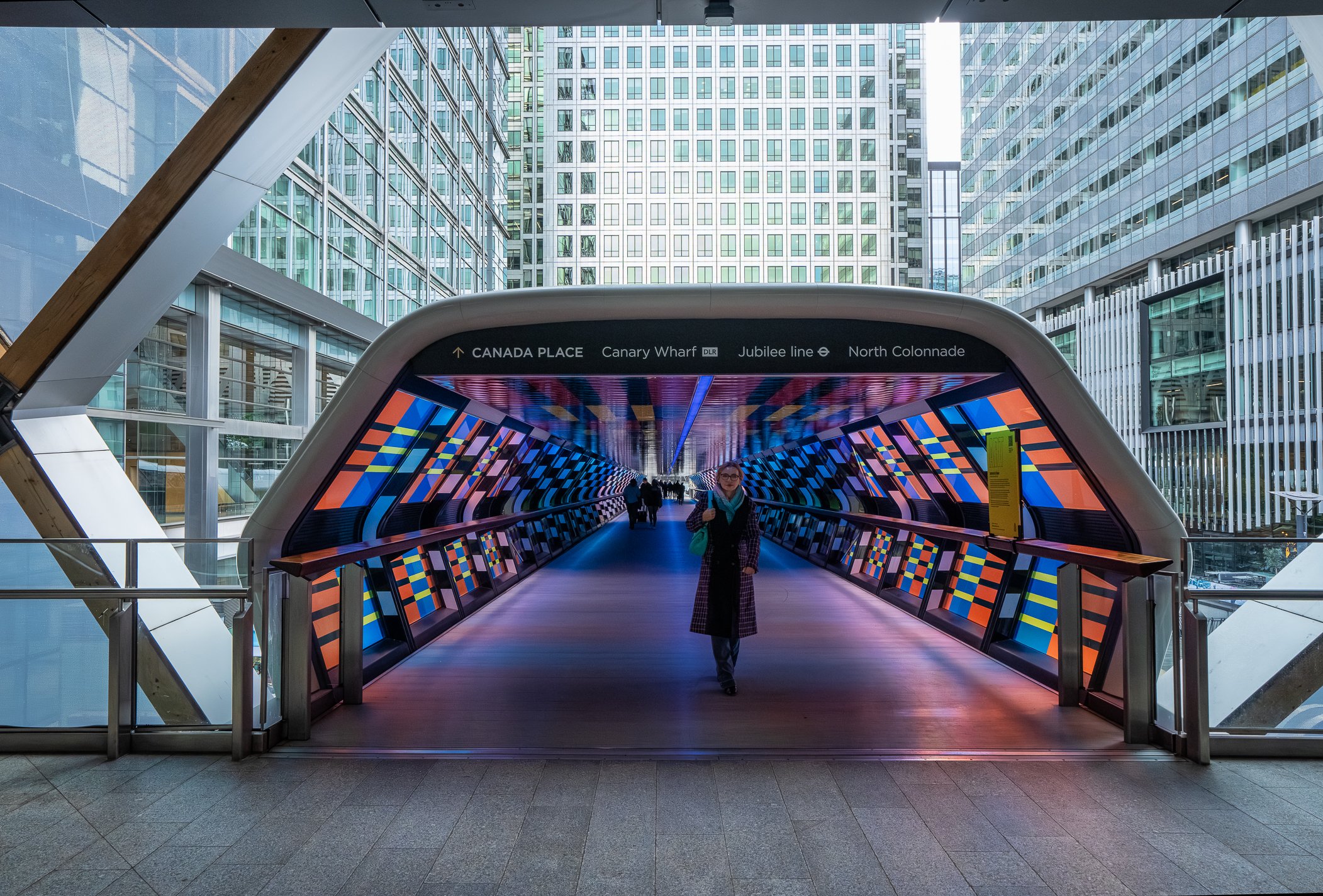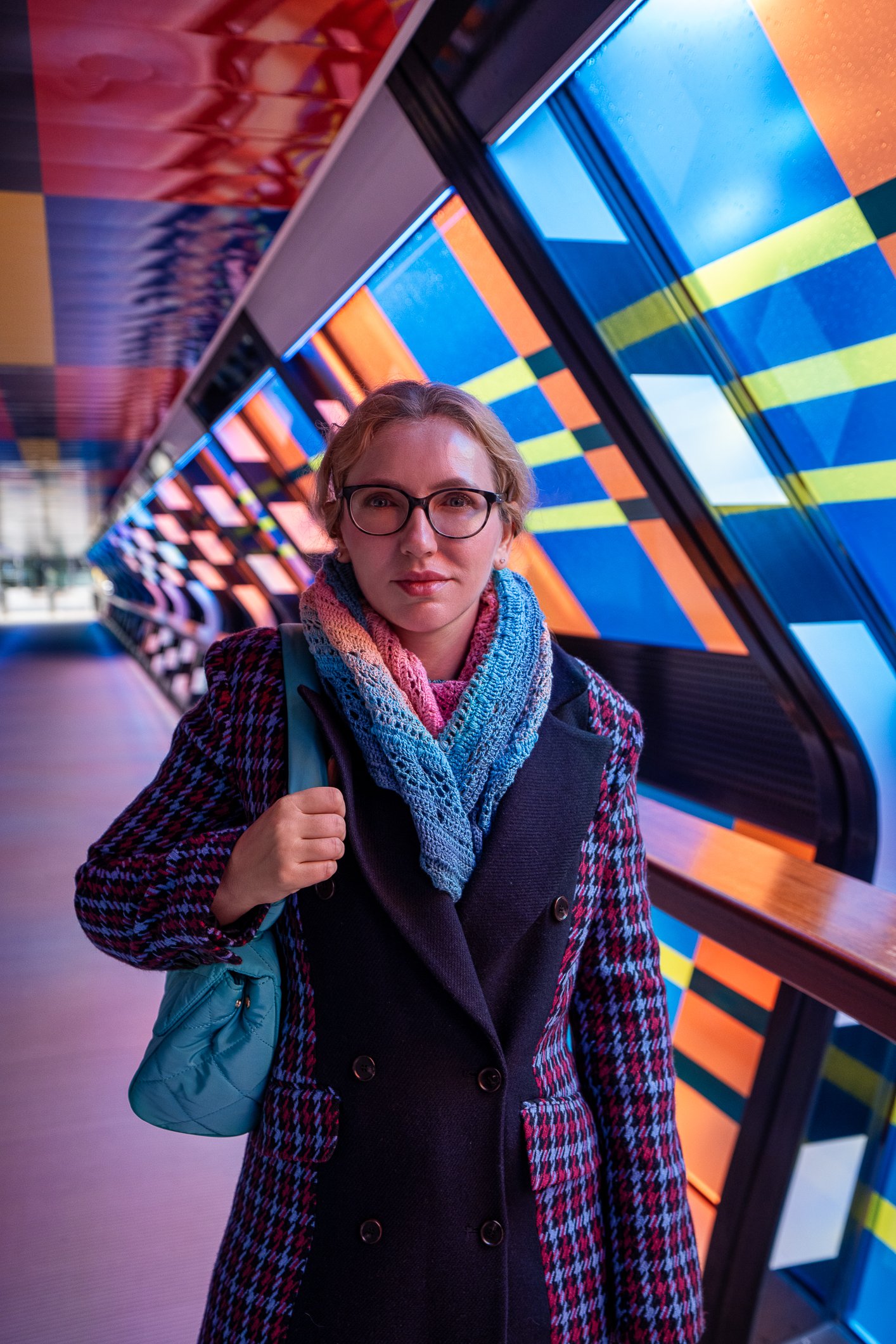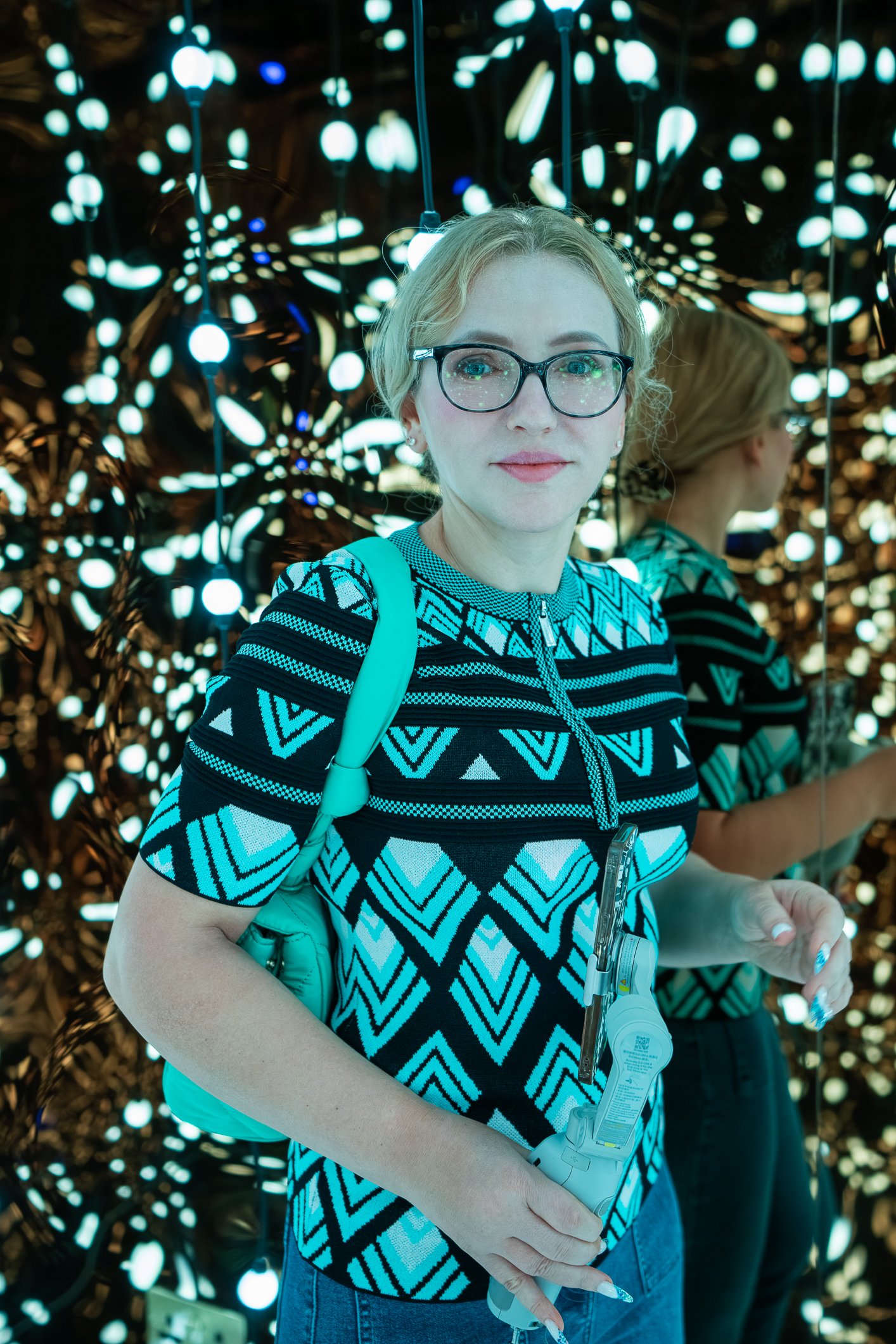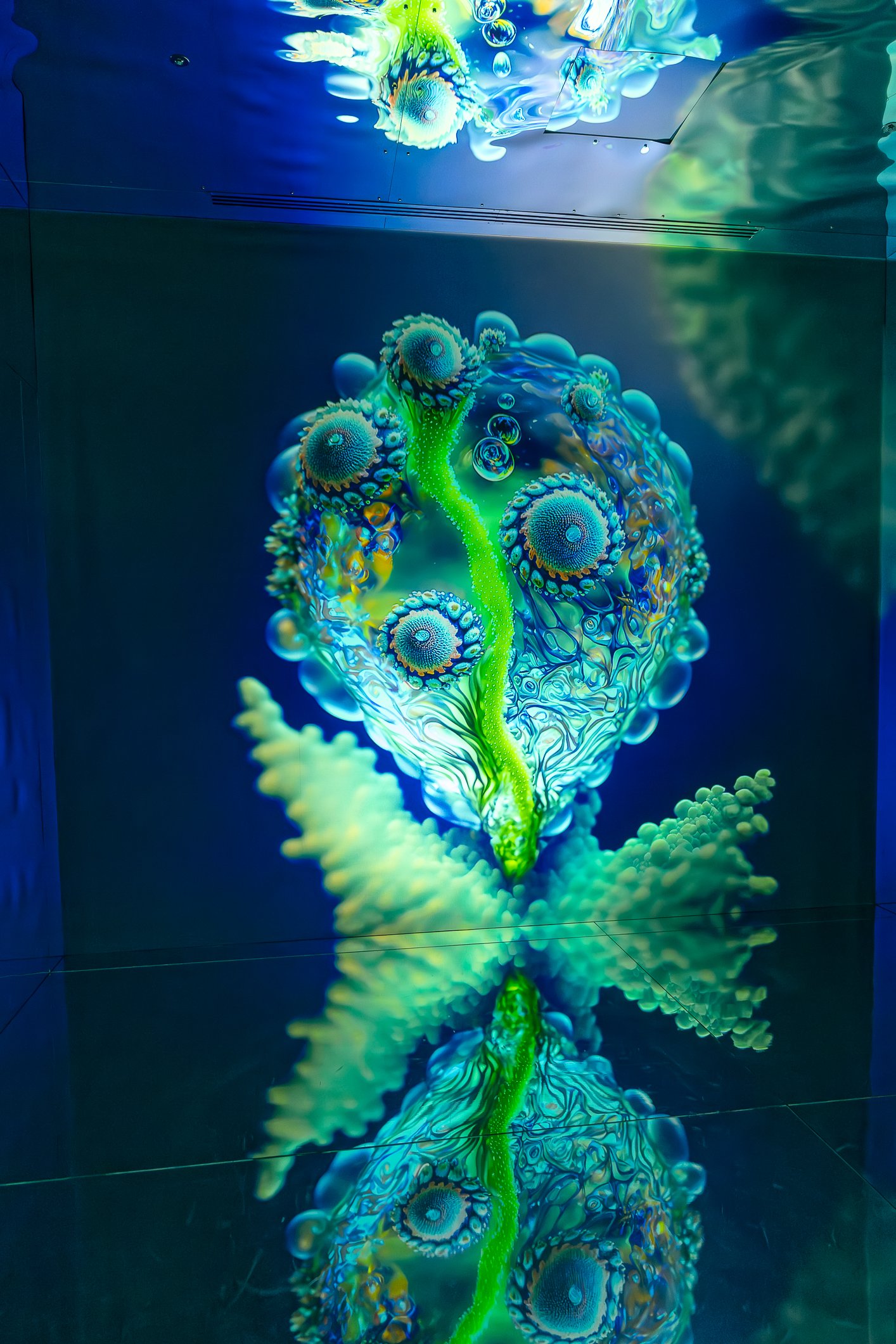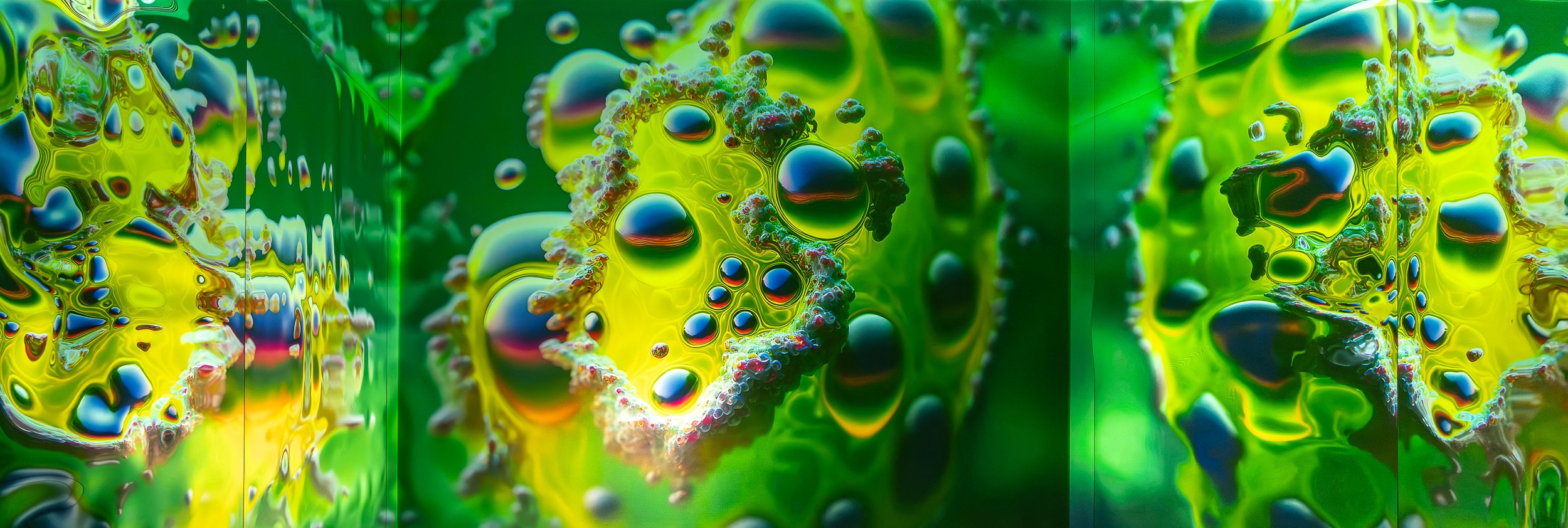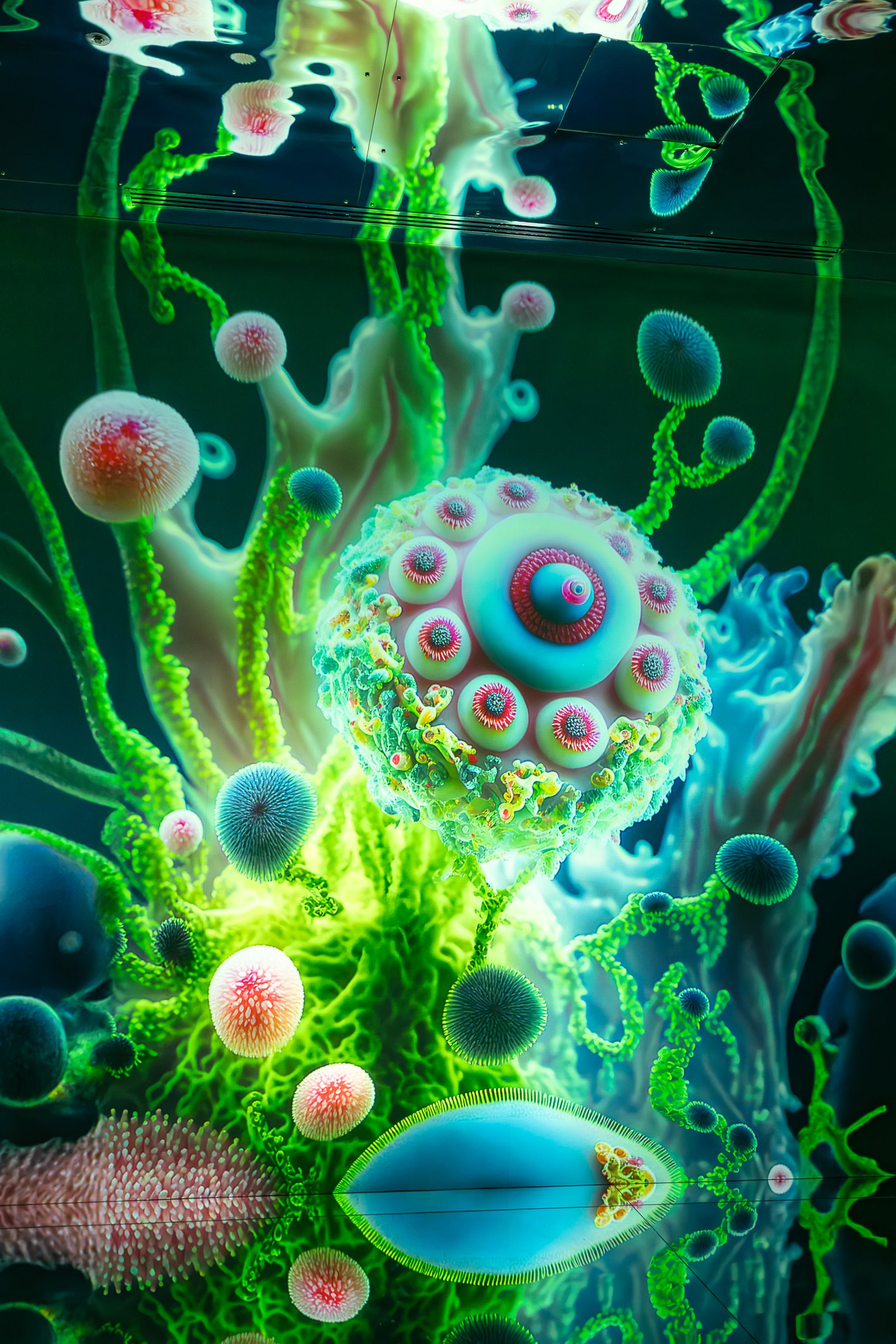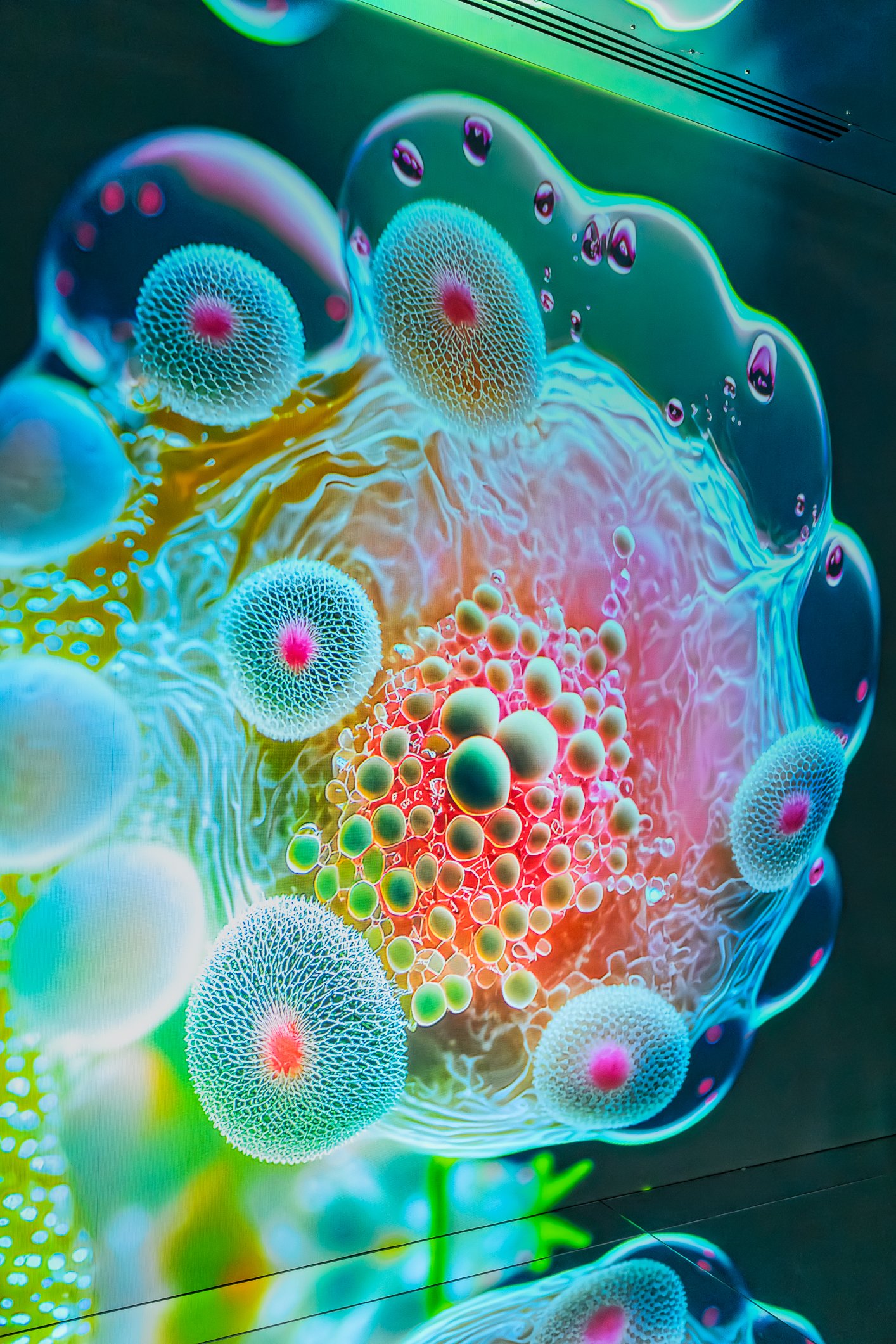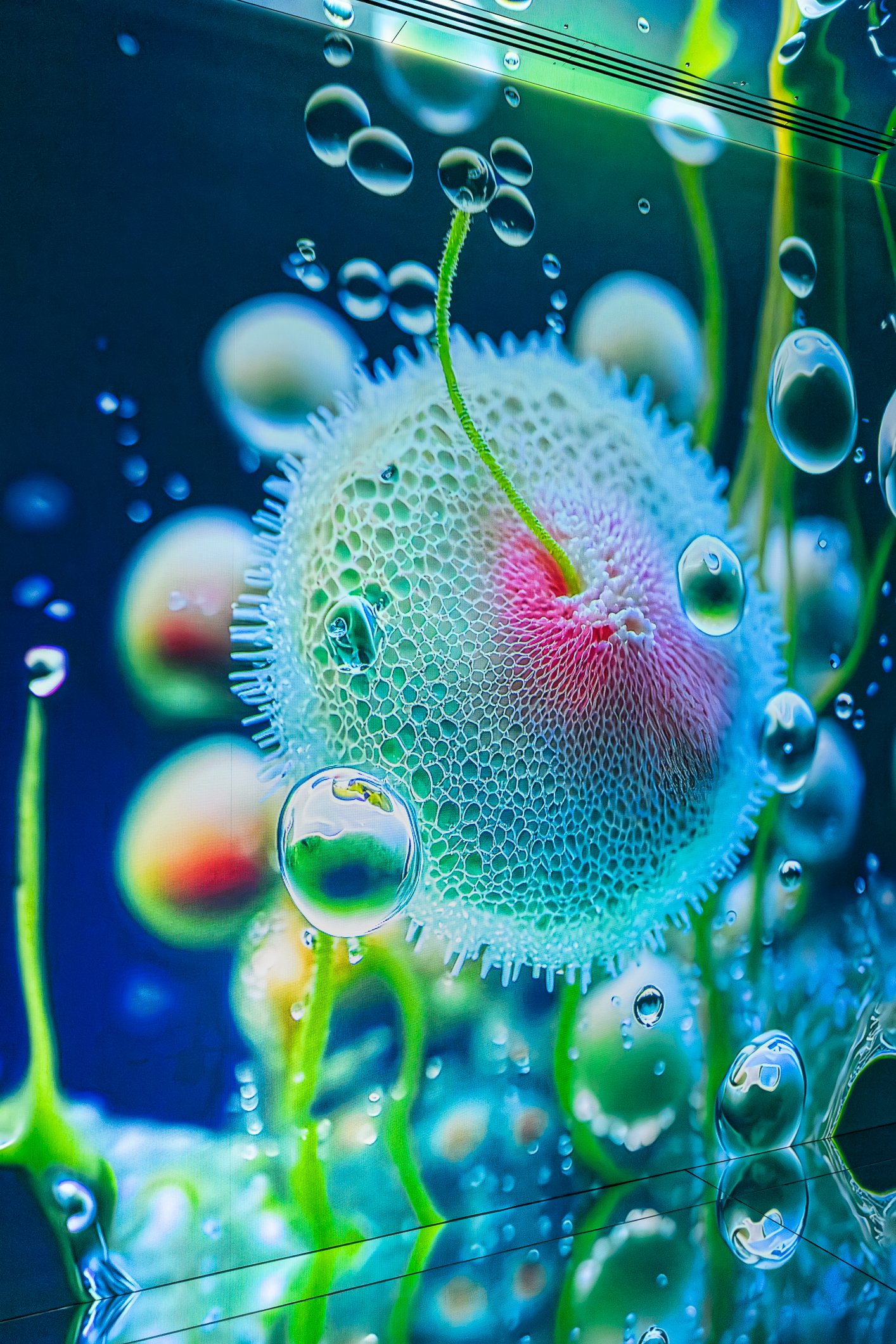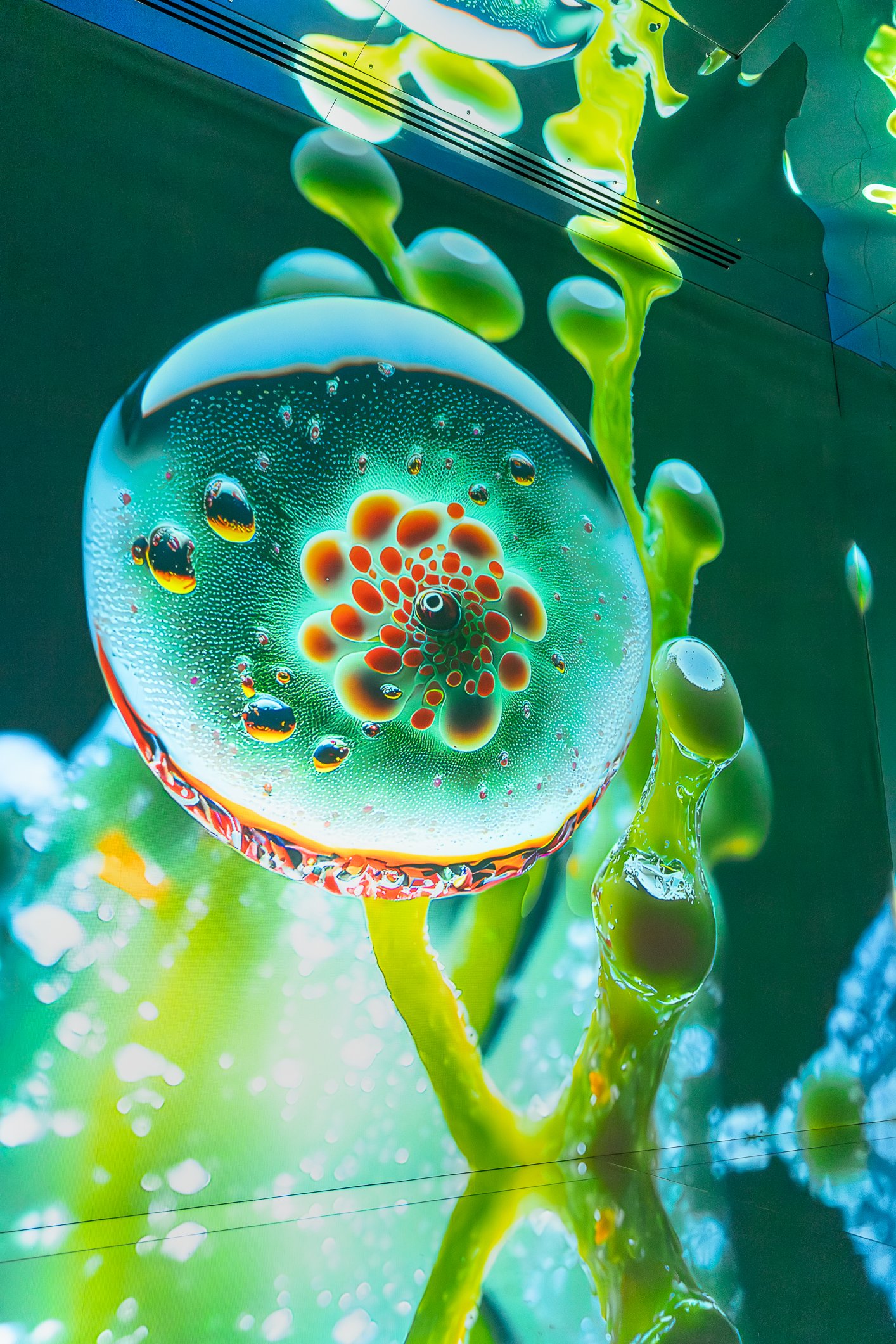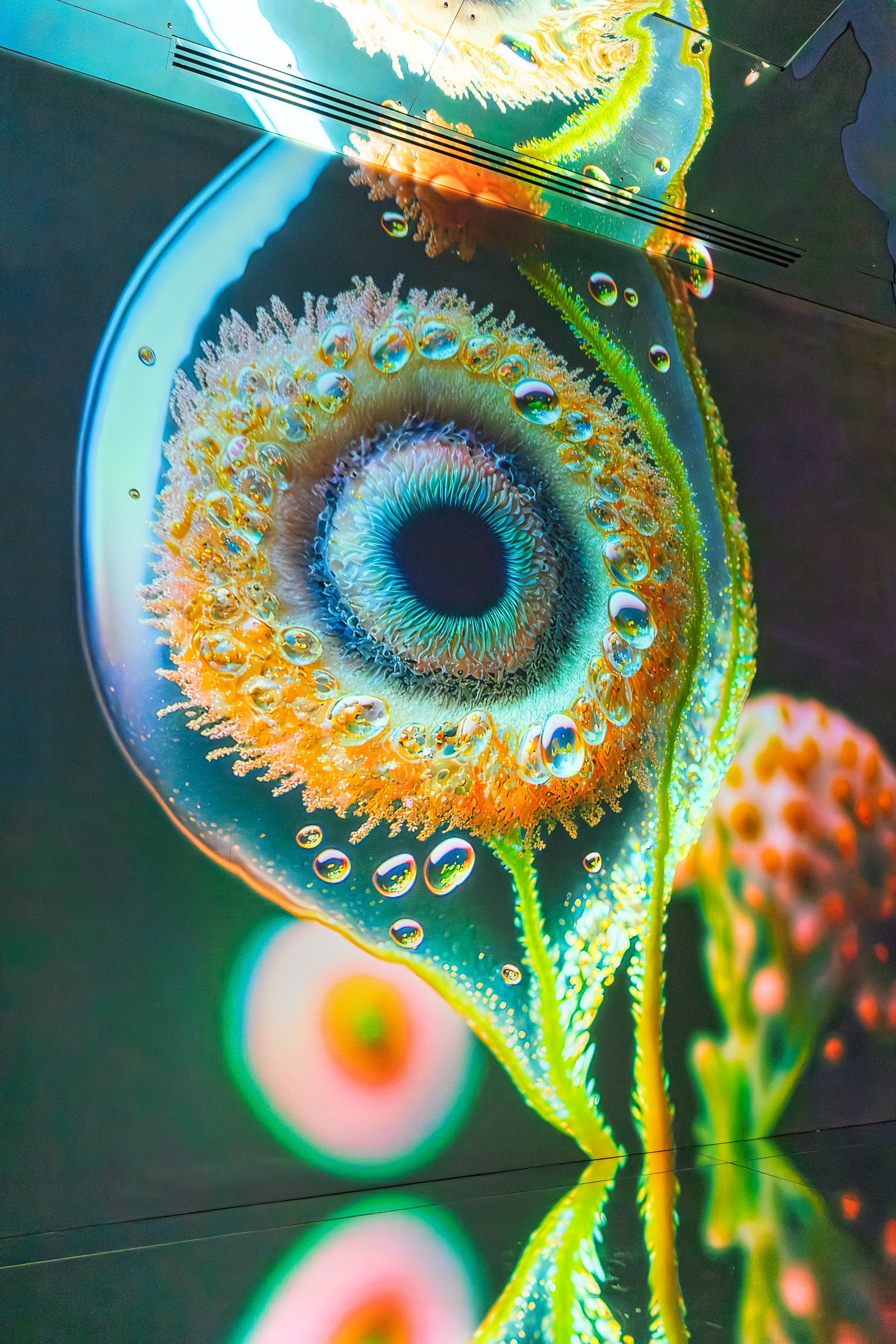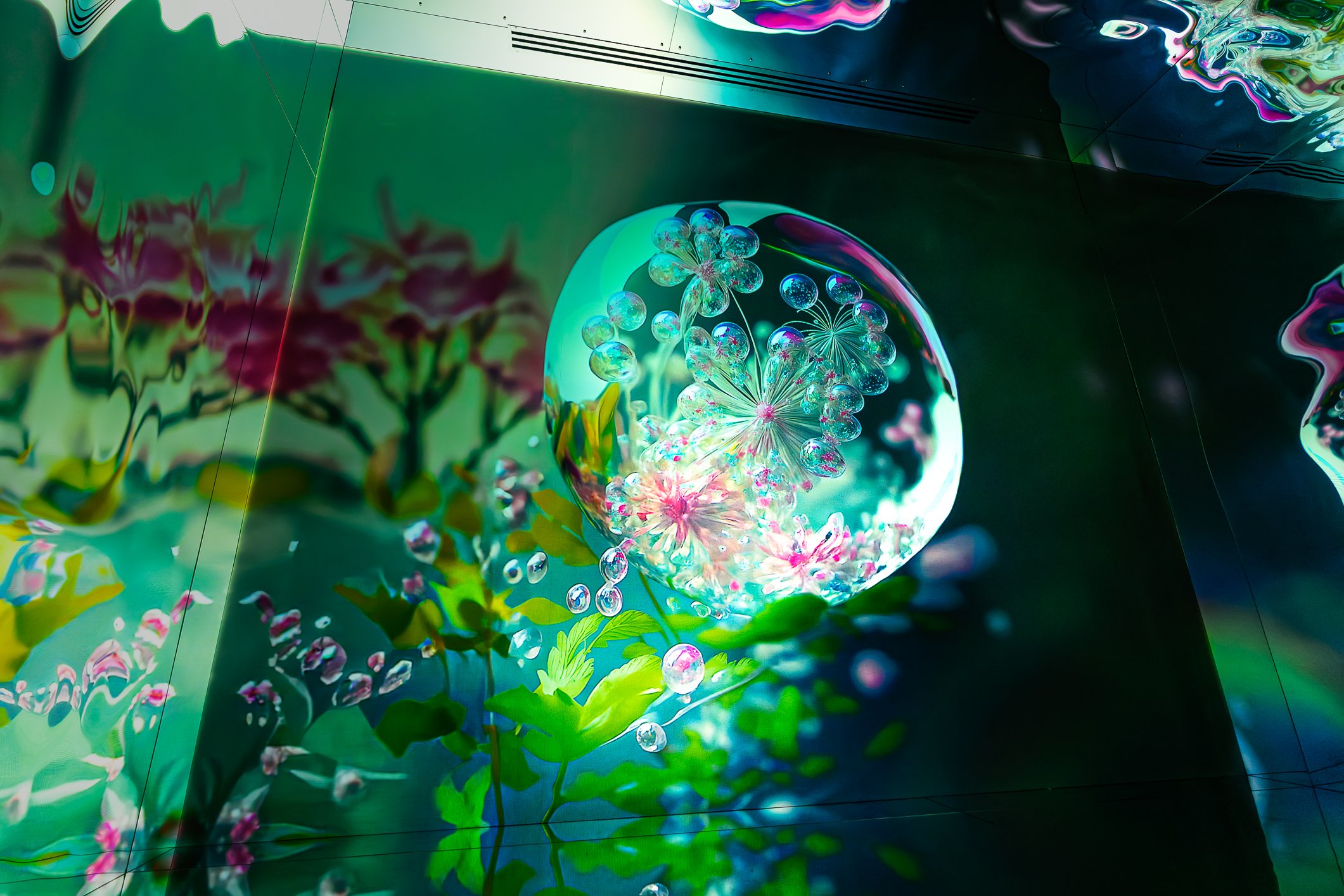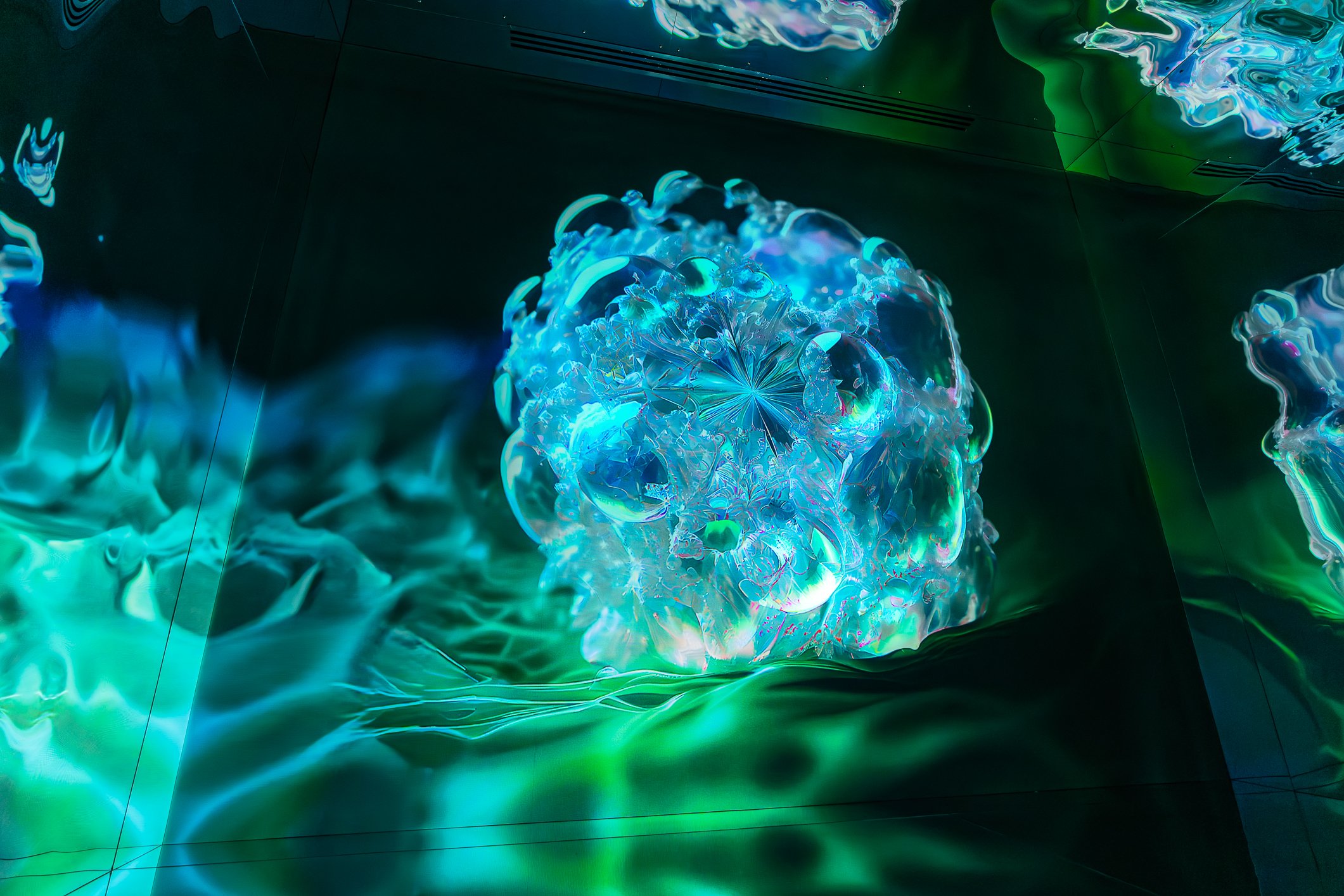The Bahia Palace is a stunning example of Moroccan architecture combining Moorish, Arab, and Islamic styles. Arches, domes, intricate plasterwork and zouak (painted wood) adorn the architecture adding to the palace's grandeur.
As in typical Islamic architecture, the palace is marked by bold geometrical symmetry in all its shapes, and landscaped gardens with their reflected light and water features. However, within the Bahia Palace, there are instances where the fundamental rules and principles of Islamic architecture are deviated from. For example, the distribution of living areas and courtyards is uneven. This can be attributed to the palace's complex history, as its expansion necessitated accommodating existing buildings within a limited space.
Nasz drugi riad znajduje się zaledwie kilka kroków od Pałacu Bahia.
Zbudowany w XIX wieku przez Si Moussę, wielkiego wezyra sułtana, na jego własny użytek, pałac przeszedł na przestrzeni lat kilka procesów renowacji, ale nadal daje wgląd w swój pierwotny urok i wielkość. Jest to wspaniały przykład architektury marokańskiej łączącej style mauretańskie, arabskie i islamskie. Łuki, kopuły, misterne stucco i zouak (malowane drewno) dodają pałacowi majestatu. Typowo dla architektury islamskiej, pałac charakteryzuje się geometryczną symetrią kształtów oraz pięknymi ogrodami, wykorzystaniem odbitego światła i elementami wody. Jednak zdarzają się tu przypadki odstępstwa od podstawowych zasad i zasad architektury islamskiej. Na przykład rozkład obszarów mieszkalnych i dziedzińców jest nierówny. Można to przypisać złożonej historii pałacu, gdyż jego rozbudowa wymagała oddawania budynków na ograniczonej przestrzeni.





